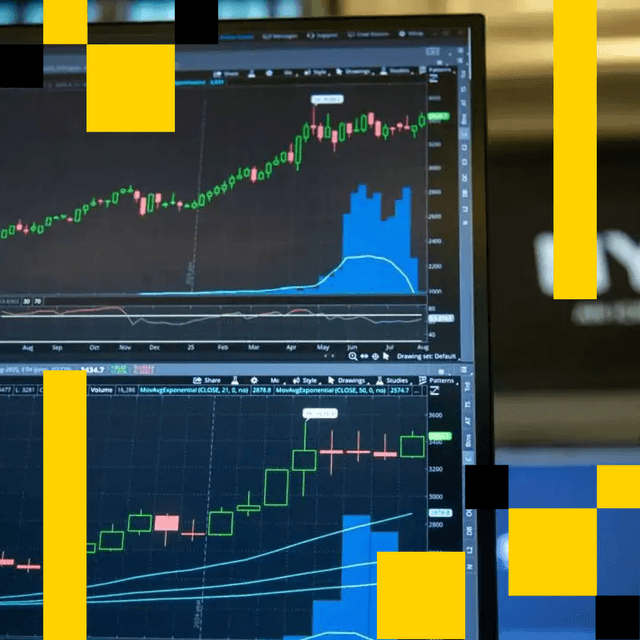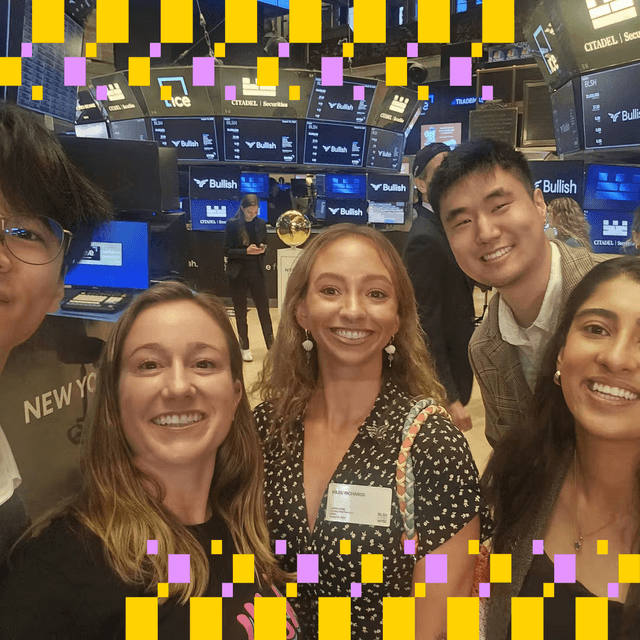Making MakerDAO Matter Again
Recent governance proposals aim to take DeFi’s once-dominant stablecoin issuer into the “real world.”

During the “DeFi Summer” bull market of 2020 that propelled this nascent corner of the cryptocurrency industry from the blockchain backwaters to a multibillion-dollar opportunity, DeFi Pulse’s “Maker dominance” widget began to seem a bit like an anachronism.
The tool was simple, provided by decentralized finance’s premier data provider. It was a way to track the total percentage of capital allocated to MakerDAO, the issuer of the DAI stablecoin that’s managed by a group of stakeholders, compared to all other decentralized finance protocols – the lenders, the exchanges, the yield generators.
This article is excerpted from The Node, CoinDesk's daily roundup of the most pivotal stories in blockchain and crypto news. You can subscribe to get the full newsletter here.
At the time DeFi Pulse launched in early 2019, it made sense to measure Maker’s “dominance,” DeFi Pulse founder Scott Lewis said. The stablecoin project was first theorized in 2014 by founder Rune Christensen, released in 2017 and had already garnered “product-market fit,” something of a rarity for any crypto project.
Maker offered a way for people to essentially print their own U.S. dollar-denominated tokens, DAI, in exchange over-collateralized ETH deposits – all without a middleman. That meant crypto users had access to tokenized greenbacks without having to deal with centralized companies or consortia like Tether or Circle.
It was a potentially huge market, and Maker was essentially profitable from the jump. By 2019, people were comfortable minting $1 million dollar loans on MakerDAO. Its smart contracts attracted hundreds of millions worth of currency. It was the gold star DeFi project.
Compound was the first DeFi protocol to “flip” MakerDAO. It had just issued a governance token, COMP, to give control over the protocol to its users, kick-starting a trend of DeFi tools issuing tokens and garnering previously untold numbers of users.
Today, Maker’s dominance stands around 20% of the DeFi market, as measured by DeFi Pulse. Of course, “dominance” in DeFi is not zero-sum – the entire industry has grown significantly – worth some $80 billion in total, down from an all-time high of around $110 billion in November – with MakerDAO alongside it.
But the stablecoin project is facing steep competition. Terra, an all-in-one layer 1, or base, blockchain that offers its own DeFi ecosystem, is built around its own “decentralized” stablecoin, UST. According to CoinGecko, there are some $15.9 billion USTs – making it the fourth-largest stablecoin behind
See also: Most Influential 2021: Do Kwon
This state of affairs has some wondering about Maker’s future. Last week, five prominent MakerDAO members submitted a governance proposal outlining an “Aggressive Growth Strategy” for Maker where the platform would expand into “real world assets.” The Defiant did a great write-up of the specifics involved.
Today, Andreessen Horowitz, the venture capitalist firm with massive stakes across crypto, including in Maker, proposed adding “functionality to the MKR token” to make it a more attractive investment and protocol.
The details of each are worth looking into if you’re interested (it’s above my head, to be honest), but in short both are proposals to expand the range of assets Maker interacts with and the way it manages collateral and fees.
Maker has reinvented itself in the past. In November 2019, the protocol launched “multi-collateral” dai, allowing users to collateralize additional assets including
More recently, the project has been expanding further into the world of traditional finance, allowing users to use real estate to finance loans. In September, French banking giant Société Générale (SG) applied for a $20 million loan in DAI.
Although the project has been beset by governance issues in the past, it still has a committed group of users who want to see DeFi’s once-dominant platform take on a little more of the world. Then again, it never really went anywhere.
“Seems people still like using it,” DeFi Pulse’s Lewis said.
UPDATE (Mar. 24, 2022 – 21:45 UTC): Corrects ticker for Binance's stablecoin to BUSD.
Note: The views expressed in this column are those of the author and do not necessarily reflect those of CoinDesk, Inc. or its owners and affiliates.
Больше для вас
Another article is created to test tags being added to image overlays

Dek: Another article is created to test tags being added to image overlays
Что нужно знать:
- Ethena's USDe becomes fifth stablecoin to surpass $10 billion market cap in just 609 days, while Tether's dominance continues to slip.










